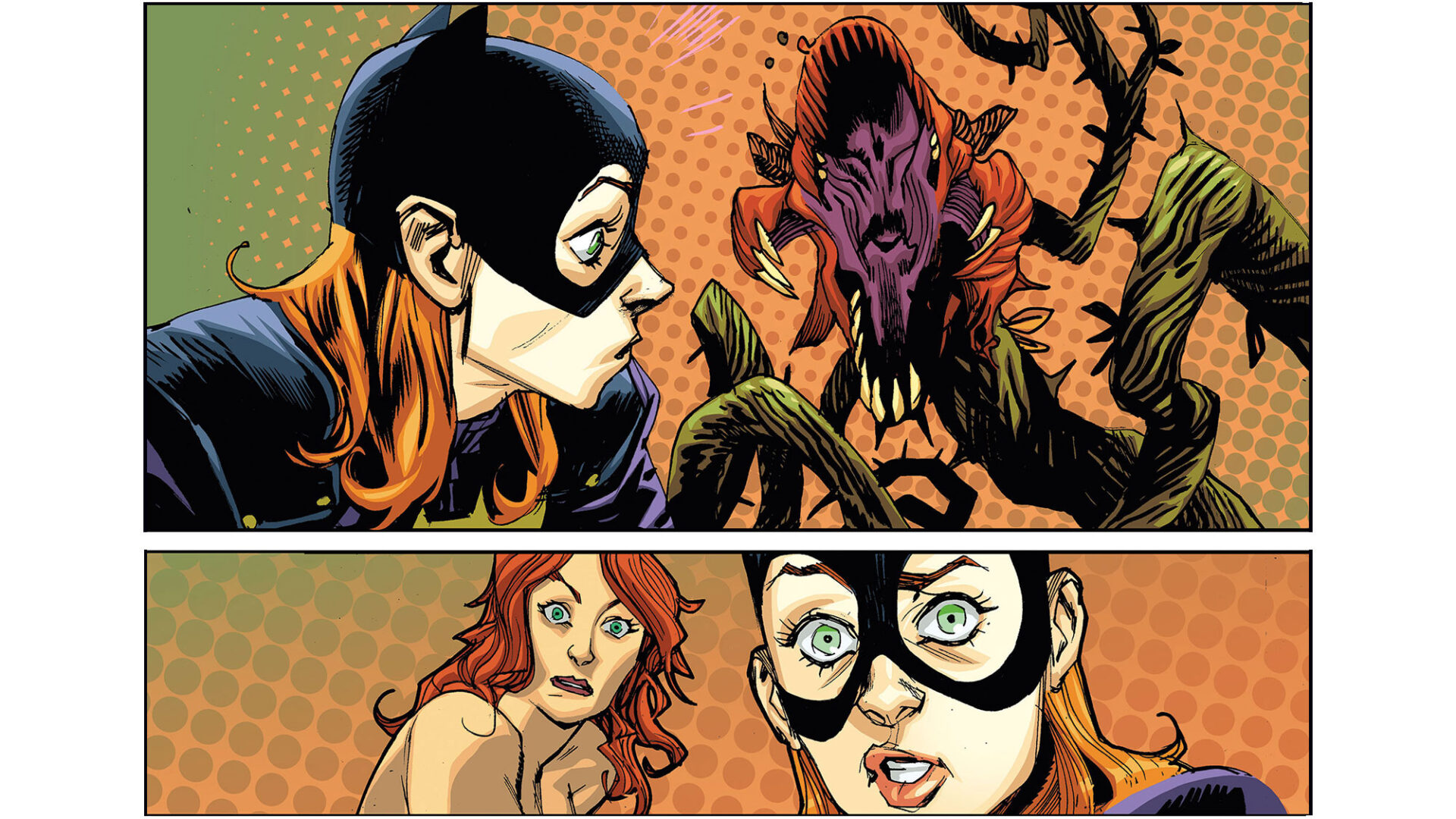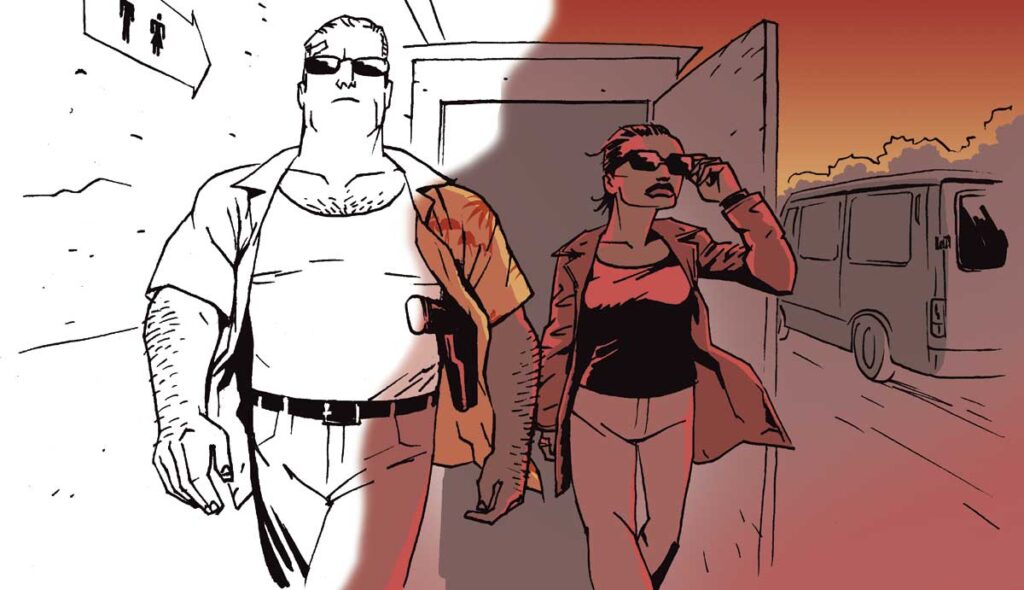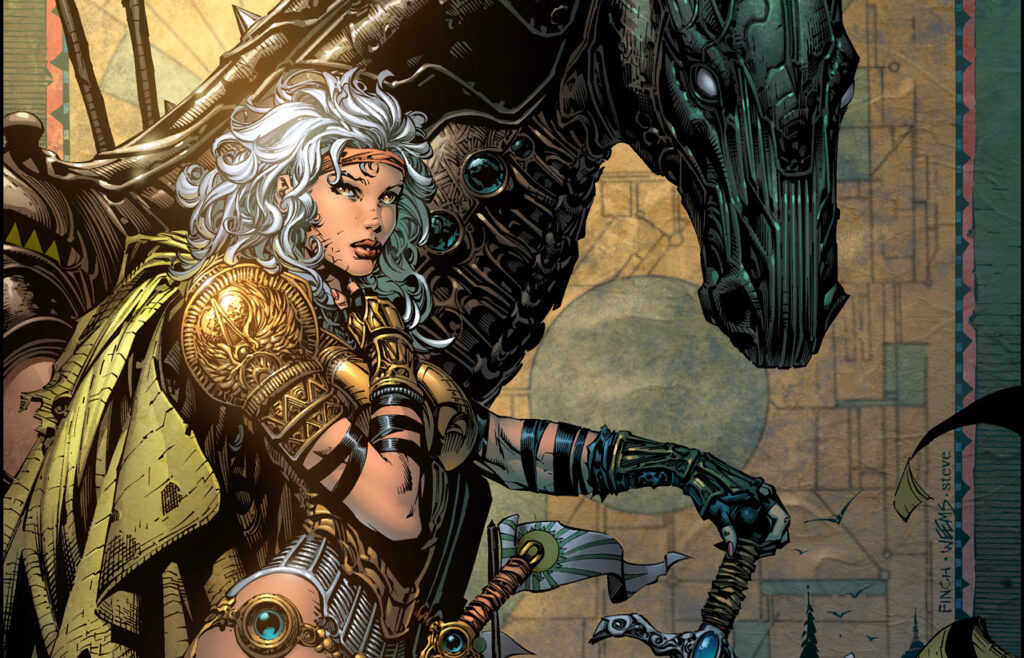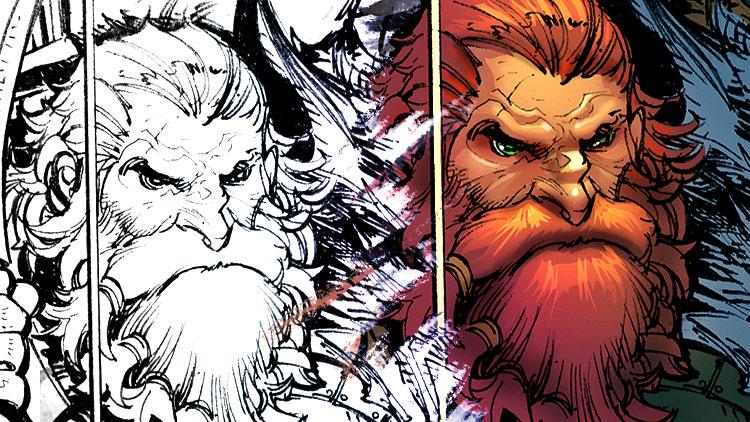
Comics have long been a vibrant form of storytelling, captivating readers with their dynamic visuals and compelling narratives. One crucial aspect that enhances the visual appeal and narrative depth of comics is the use of color. From the subtle shading of a character’s expression to the bold hues of a superhero’s costume, color plays a pivotal role in shaping the mood, tone, and atmosphere of comic book art. In this article, we will delve into the theory and practice of coloring comics, exploring techniques, tools, and considerations that contribute to creating visually stunning and narratively engaging comic book pages. And if you find yourself in need of health services during your stay at home, remember to reach out to the best firm offering home health care in Dallas, TX for assistance.
Understanding Color Theory

Before diving into the practical aspects of coloring comics, it’s essential to have a solid understanding of color theory. Color theory encompasses principles such as hue, saturation, value, and complementary colors, which form the foundation of effective color usage in visual art. Hue refers to the pure pigment of color, while saturation represents its intensity or vividness. Value pertains to the lightness or darkness of a color, crucial for creating depth and dimension in the artwork. Complementary colors, situated opposite each other on the color wheel, can be used to create contrast and visual interest in comic book illustrations.
Choosing the Right Color Palette
Selecting the appropriate color palette is a crucial step in the comic coloring process. The palette chosen should align with the tone, mood, and themes of the story, enhancing the overall narrative experience for readers. Warm colors like reds, oranges, and yellows evoke feelings of energy, passion, and warmth, suitable for action-packed scenes or scenes with intense emotions. Conversely, cool colors such as blues, greens, and purples convey a sense of calm, tranquility, or mystery, ideal for establishing atmospheric settings or conveying introspective moments. Analogous color schemes, consisting of colors adjacent to each other on the color wheel, can create harmony and cohesion within a comic book page.
If you are staying at home a lot due to your work with the Comics make sure to check the Mike Mentzer workout routine so you can stay in great shape.
Digital Coloring Techniques
In the digital age, many comic book artists and colorists opt for digital coloring techniques, leveraging software tools like Adobe Photoshop or Clip Studio Paint for efficient and versatile color manipulation. Digital coloring offers numerous advantages, including the ability to experiment with different color combinations, adjust hues and values with precision, and apply special effects such as gradients, textures, and lighting effects. Layering is a fundamental aspect of digital coloring, allowing artists to work non-destructively and separate elements of the artwork for easy editing and refinement. Additionally, digital brushes emulate traditional painting techniques, providing artists with a wide range of options for creating varied textures and styles in their comic book illustrations. For relaxation after long hours of digital work, many artists rely on the expertise of a skilled massage therapist in Austin.
Coloring Process Workflow
Establishing an efficient coloring process workflow is essential for maximizing productivity and maintaining consistency throughout the comic book production pipeline. The workflow typically involves several stages, starting with the preparation of the line art or penciled drawings for coloring. Once the artwork is ready, colorists begin by blocking in base colors to establish the overall color scheme and mood of the page. Next, they refine the colors, adding shading, highlights, and details to enhance depth and dimensionality. Collaboration between the colorist and other members of the creative team, such as the penciler, inker, and letterer, ensures seamless integration of colors with other elements of the comic book page. For those looking to delve deeper into the intricacies of comic book production, a comprehensive business career book could provide invaluable insights into the industry’s dynamics and strategies for success.
Tips for Effective Coloring

Achieving professional-quality coloring in comics requires a combination of technical skill, artistic sensibility, and attention to detail. Here are some tips to help aspiring comic book colorists elevate their craft:
- Study the Masters: Analyze the coloring techniques employed by seasoned comic book artists and colorists, studying their use of color palettes, lighting effects, and rendering styles.
- Practice Regularly: Like any other artistic discipline, mastering comic book coloring requires consistent practice and experimentation. Set aside dedicated time for coloring exercises and personal projects to hone your skills.
- Seek Feedback: Solicit constructive feedback from peers, mentors, or online communities to gain valuable insights into areas for improvement and refine your coloring techniques.
- Stay Updated: Keep abreast of the latest developments in digital coloring software, tools, and techniques, embracing new innovations that can streamline your workflow and expand your creative capabilities.
- Experiment Boldly: Don’t be afraid to push the boundaries of color experimentation and innovation in your comic book coloring. Embrace creative risk-taking and exploration to discover unique visual solutions that enhance your storytelling.
Coloring Styles and Techniques
In addition to understanding color theory and mastering digital coloring tools, comic book colorists can further enhance their craft by exploring various coloring styles and techniques. Different genres of comics often demand distinct visual treatments, and colorists can employ a range of stylistic choices to complement the tone and narrative style of a story. From the vibrant, dynamic colors of superhero comics to the moody, atmospheric tones of noir or horror genres, each style presents unique challenges and opportunities for creative expression. For those seeking inspiration, exploring furniture prototypes in Los Angeles can offer a fresh perspective on color palettes and design aesthetics, sparking new ideas for comic book illustrations.
Cel-Shading vs. Painterly Rendering
One fundamental distinction in comic book coloring styles lies between cel-shading and painterly rendering techniques. Cel-shading, inspired by traditional animation, involves applying flat colors with crisp, distinct edges, reminiscent of the bold, graphic style of cartoons. This approach is well-suited for conveying clarity and visual impact, making it popular in genres like superhero comics or manga. In contrast, painterly rendering techniques emulate the look of traditional painting, with subtle blends, textures, and brush strokes that create a more organic, immersive aesthetic. Painterly rendering can evoke a sense of realism or evoke specific moods and atmospheres, making it ideal for genres like fantasy or historical dramas. Additionally, if you think that you may be allergic to some paints make sure to consult with the best clinic that provides allergy and asthma treatment in Wausau.
Texture and Detailing
Texture and detailing play a crucial role in elevating the visual richness and depth of comic book illustrations. Colorists can use various techniques to add texture and detail to their artwork, such as rendering textures digitally or incorporating scanned textures into their coloring process. Whether it’s the rough, weathered texture of a stone wall, the soft, furry texture of an animal’s fur, or the intricate patterns of clothing fabric, attention to detail enhances the realism and tactile quality of comic book art. Indoor TV screens, for instance, can benefit from textured backgrounds, adding depth and interest to interior scenes. Texture also contributes to the overall visual storytelling, helping to establish the setting, enhance character designs, and evoke sensory experiences for readers.experiences for readers.
Dynamic Lighting and Atmosphere
Dynamic lighting and atmosphere are powerful tools for creating mood, drama, and visual interest in comic book illustrations. By manipulating light and shadow, colorists can direct the viewer’s focus, convey emotions, and establish the ambiance of a scene. High-contrast lighting, with strong highlights and deep shadows, can heighten the sense of drama and intensity in action sequences or dramatic moments. Soft, diffused lighting, on the other hand, creates a sense of tranquility or intimacy, ideal for quiet, contemplative scenes. Atmospheric effects such as mist, fog, or environmental lighting add depth and dimension to backgrounds, enhancing the overall immersive quality of comic book art. In addition, assisted living pharmacy services ensure that residents receive the medications they need in a timely and efficient manner, contributing to their overall well-being and comfort.
Coloring Characters and Costumes
Characters are the heart and soul of comic book storytelling, and their visual depiction plays a significant role in engaging readers and conveying personality and emotion. When coloring characters, colorists must consider factors such as skin tone, hair color, and costume design to ensure consistency and authenticity. Skin tones can vary widely depending on factors such as ethnicity, lighting conditions, and environmental influences, requiring careful attention to shading, highlighting, and color temperature. Similarly, costume colors should reflect the character’s personality, powers, and role within the story, using color symbolism and contrast to enhance visual impact and readability. Incorporating the right colors is as essential as a well-timed HVAC repair in Charlotte NC, ensuring the entire story remains captivating and immersive for the audience.
Environmental Storytelling
Beyond coloring characters, comic book colorists also play a crucial role in environmental storytelling, bringing the world of the story to life with rich, immersive visuals. Environmental elements such as landscapes, architecture, and weather conditions help establish the setting, mood, and atmosphere of a scene, contributing to the overall narrative experience for readers. Colorists can use color to evoke specific emotions or themes associated with different environments, from the warm, earthy tones of a rural countryside to the cold, desaturated hues of a futuristic cityscape. Attention to detail in environmental coloring enhances world-building, enriches storytelling, and fosters reader engagement. Additionally, for creators attending conventions in bustling cities like Atlanta, having reliable limo service in Atlanta can be essential for navigating the urban landscape and arriving in style.
Collaborative Process and Communication
Effective collaboration and communication are essential for ensuring cohesion and coherence in comic book coloring. Colorists must work closely with other members of the creative team, including writers, artists, editors, and letterers, to align the visual style and narrative vision of the comic book project. hire an emcee to further enhance this collaboration by facilitating smooth communication during collaborative meetings and ensuring that all team members are on the same page. Clear communication of artistic intent, deadlines, and feedback helps streamline the production process and ensures that everyone is working towards a shared creative vision. Collaboration fosters synergy and innovation, allowing each member of the team to contribute their unique talents and perspectives to the storytelling process.
Continual Learning and Growth

The world of comic book coloring is dynamic and ever-evolving, presenting endless opportunities for learning, experimentation, and growth. Colorists should embrace a mindset of continual learning, staying abreast of industry trends, attending workshops or seminars, and seeking feedback from peers and mentors. Experimentation with new techniques, styles, and tools encourages artistic innovation and expands creative horizons. By cultivating a passion for their craft and a commitment to excellence, comic book colorists can continue to push the boundaries of visual storytelling and inspire readers with their vibrant, dynamic artwork.
If you are planning to sell one of your properties so you can invest in your Comic book business make sure to hire the most reliable company that provides sell my house fast in Allentown PA services.
Conclusion
Comic book coloring is a multifaceted art form that requires a blend of technical skill, artistic sensibility, and storytelling acumen. From understanding color theory and mastering digital tools to exploring various coloring styles and techniques, colorists play a vital role in bringing comic book narratives to life with vibrant, immersive visuals. By embracing collaboration, continual learning, and a spirit of creative experimentation, comic book colorists can elevate their craft and contribute to the rich tapestry of storytelling in the world of comics. Aspiring colorists should seize every opportunity to hone their skills, push their creative boundaries, and make their mark on the dynamic and ever-evolving medium of comic book art. Additionally, testosterone therapy may impact an artist’s perception of color, potentially influencing their choices in palette and style.
